Explanation
Gildong Ecological Park was founded by the Seoul government by restoring the wetland on the side of Cheonho-daero. The park maintains and preserves a wide range of flora and fauna in their natural habitats, allowing park visitors to observe plants, animals and insects in a natural ecosystem, and to learn about the importance of nature conservation.
The 80,683 ㎡ park is divided into a wetland zone, forest zone, and grassland zone. Amenities include an outdoor classroom, outdoor exhibition space, observation deck, pergolas, and more. The bird observation platform in particular is a great way to birdwatch in the urban landscape.
Inquiry
+82-2-489-2770
Homepage
Information Use
Capacities : [Park admission] 50 people per hour
[Programs] 15~30 people per group
Experience Guide : Program schedule changes monthly
* Online reservation required
Contact and Information : • 1330 Travel Hotline: +82-2-1330
(Korean, English, Japanese, Chinese)
• For more info: +82-2-489-2770
Opening day : April 28, 1999
Parking facilities : Not available
Day off : Mondays
Hours : Admission hours 10:00-18:00
More information
Available Facilities
[Gildong Ecological Park]
Tourist Information Center, observation decks (marsh zone & woodland zone), reservoir, bird observatories, wondumak (lookout shed), chogajip (thatched cottages), stonewall and stonework, outdoor observatory, outdoor lecture space, pergola, etc.
[Gildong Ecology Culture Center (Opened on April 22, 2005)]
Exhibition Hall 1: Ecology of Seoul
Exhibition Hall 2: Ecology of Gildong Ecological Park
Restrooms
Available
Location
1291, Cheonho-daero, Gangdong-gu, Seoul
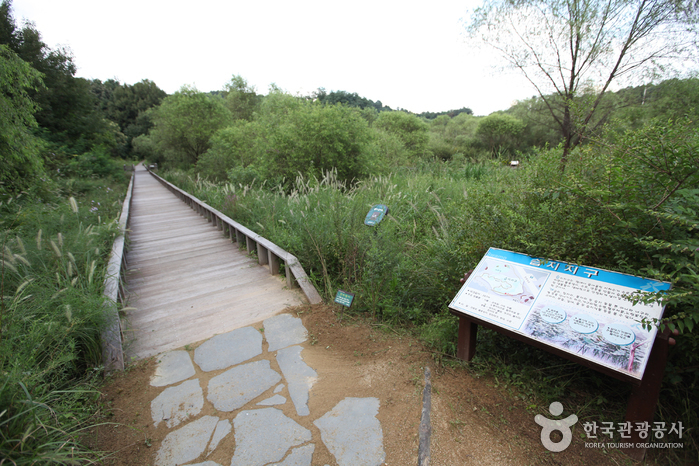
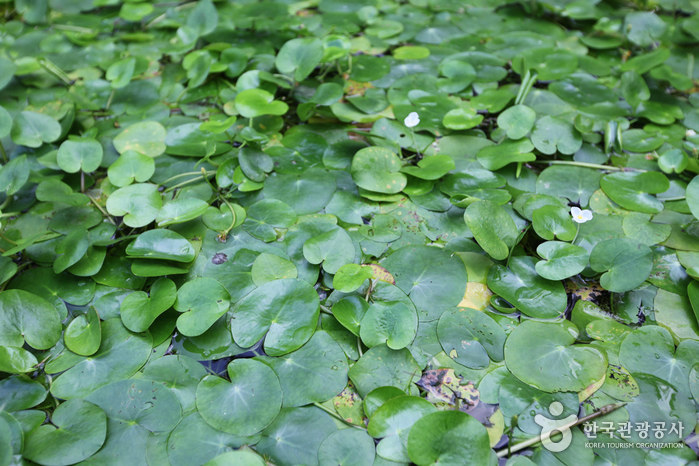
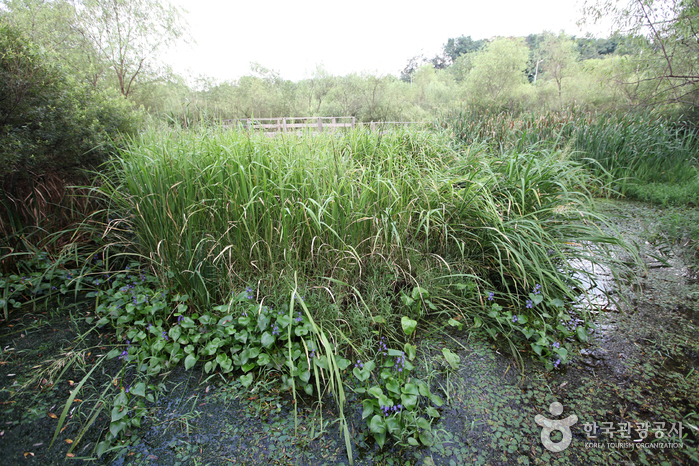
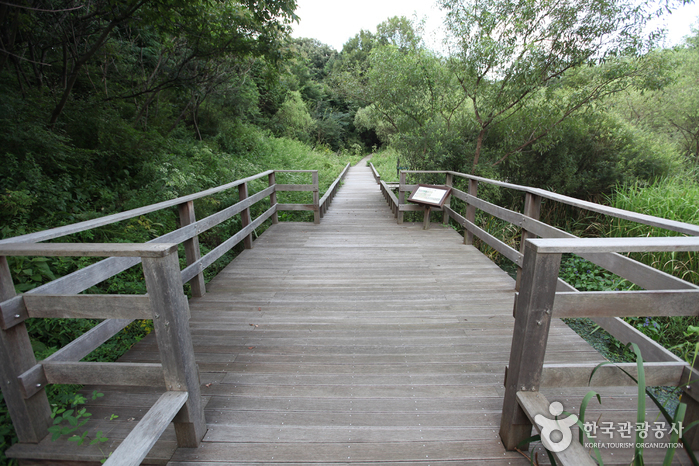
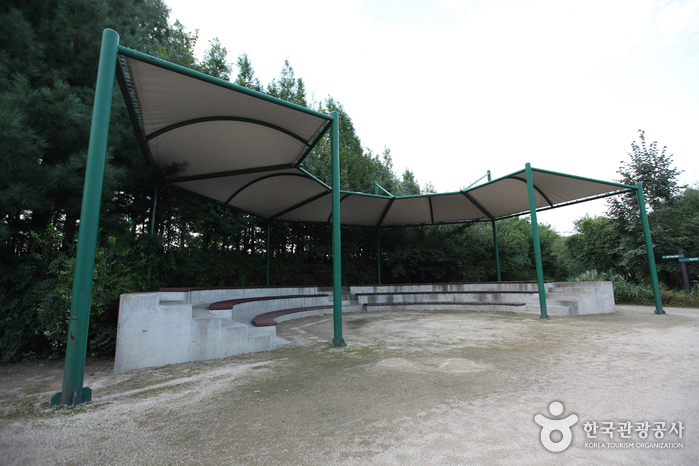
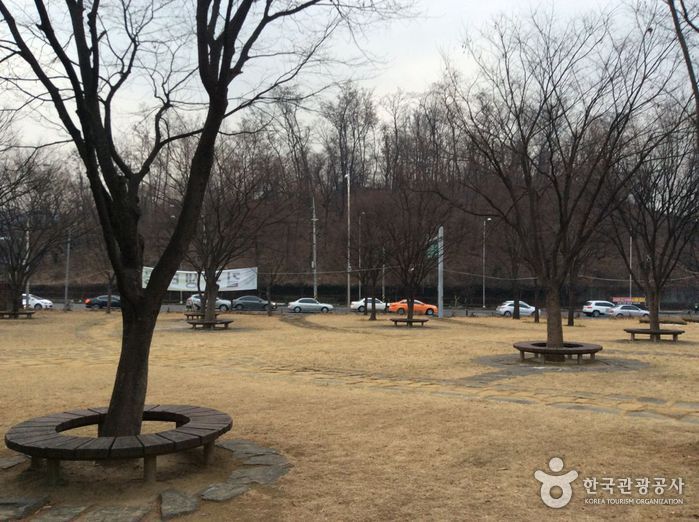
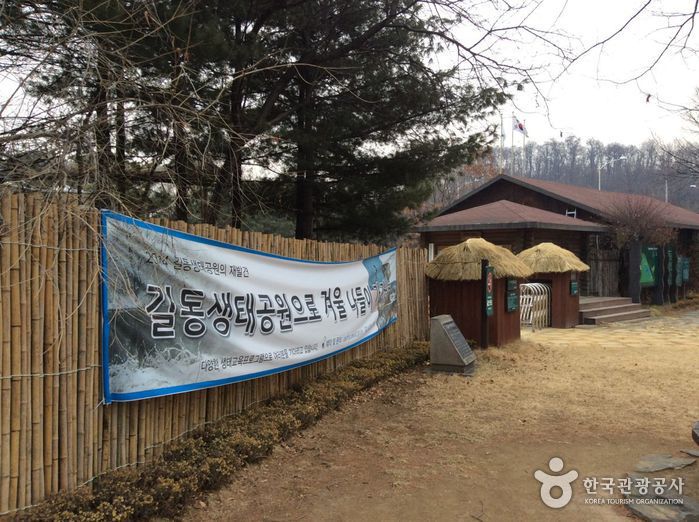
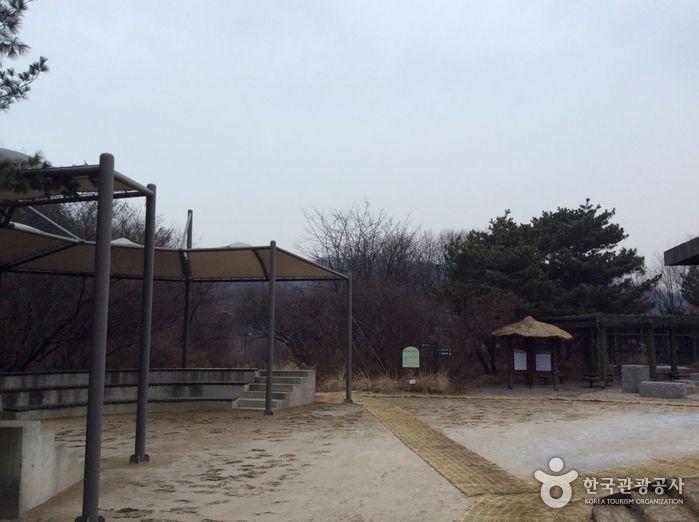
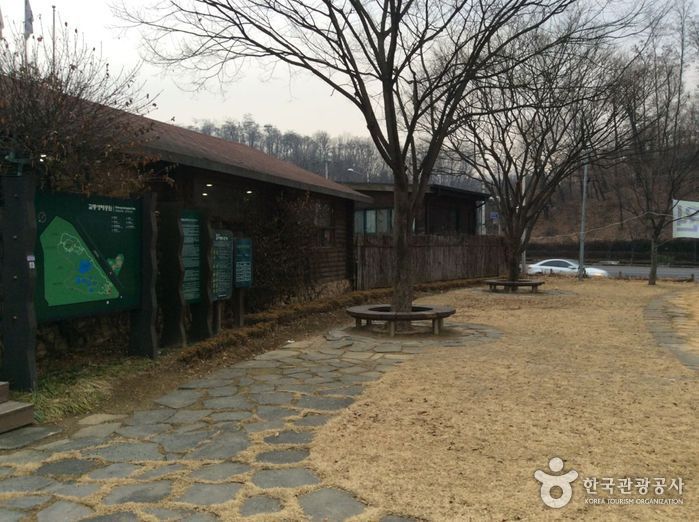

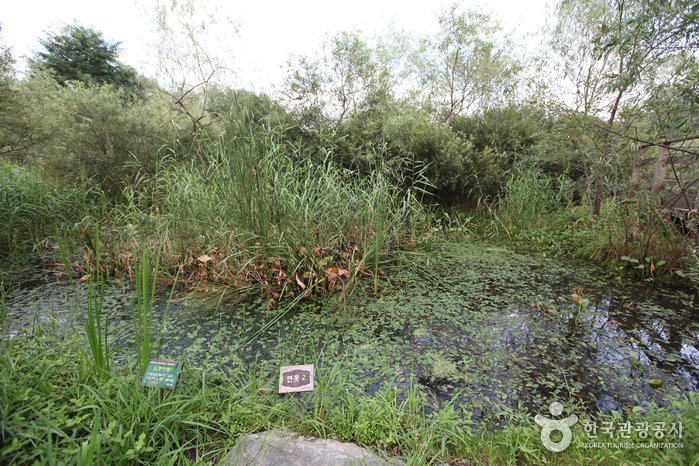
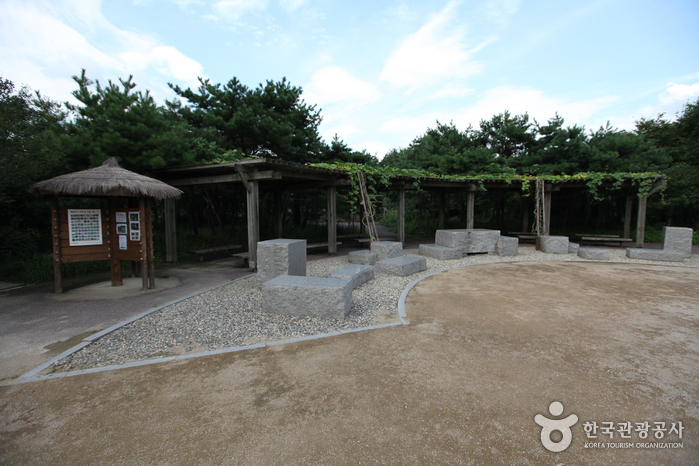
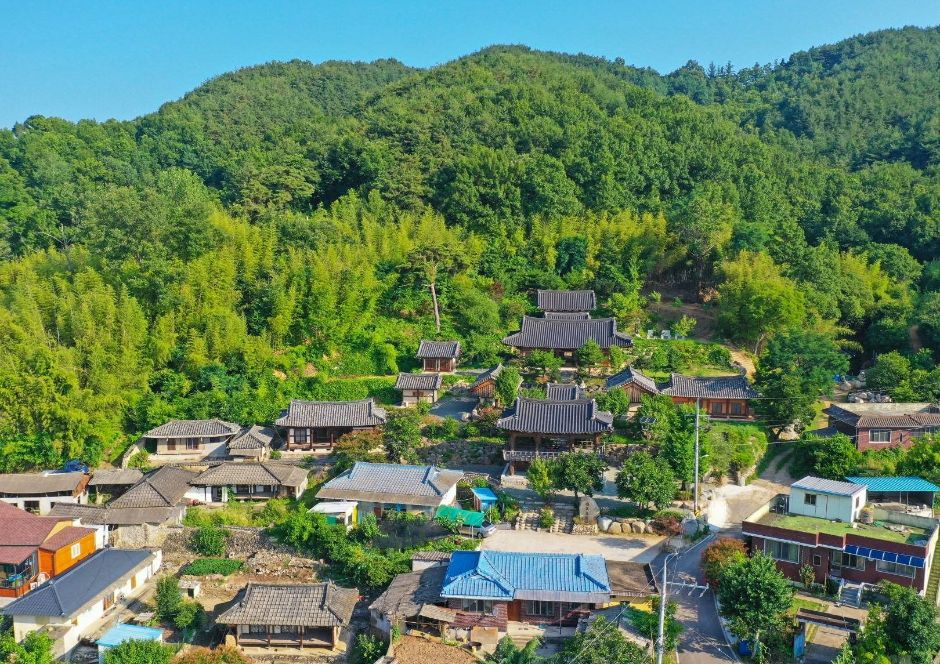

 English
English
 한국어
한국어 日本語
日本語 中文(简体)
中文(简体) Deutsch
Deutsch Français
Français Español
Español Русский
Русский